Don Katzenberger and Eric Lichtenvoort - Sliding into Siding - PODCAST TRANSCRIPT
June 12, 2025 at 10:00 a.m.Editor's note: The following is the transcript of a live interview with Don Katzenberger of S&K Roofing, Siding and Windows and Eric Lichtenvoort of LP Building Solutions. You can read the interview below or listen to the podcast.
Intro: Welcome to Roofing Road Trips, the podcast that takes you on a thrilling journey across the world of roofing. From fascinating interviews with roofing experts to on-the-road adventures, we'll uncover the stories, innovations, and challenges that shape the rooftops over our heads. Fasten your seat belts and join us as we embark on this exciting Roofing Road Trip.
Karen Edwards: Hello and welcome to another episode of Roofing Road Trips from RoofersCoffeeShop. My name is Karen Edwards, and today's episode we are going to be talking about growing beyond roofing and adding additional things to your business, like siding and windows. I'm really thrilled to welcome two guests to today's podcast. First, Don Katzenberger of S&K Roofing, Siding, and Windows, and Eric Lichtenvoort of LP Building Solutions.
Don, Eric, welcome to the podcast.
Don Katzenberger: Thank you.
Eric Lichtenvoort: Thanks, Karen.
Karen Edwards: All right, so let's start with introductions. Eric, can you introduce yourself and tell everyone what you do there at LP Building Solutions?
Eric Lichtenvoort: Yeah, absolutely. My name's Eric Lichtenvoort. I'm with LP Building Solutions. I'm a territory sales manager covering the Maryland, DC, Northern Virginia market. I've been with the company for about two and a half years. In my career I've been an outside sales representative for a couple different manufacturers over the last 10 years. Always had a pretty heavy focus in the repair model segment.
Karen Edwards: Excellent. You're in my neck of the woods, the mid-Atlantic region. Glad you're here.
Don, introduce yourself. Tell us a little bit about you.
Don Katzenberger: Yeah. Hi, my name is Don Katzenberger with S&K Roofing, Siding, and Windows. We started the company in 1980. Today, we have just under 40 employees here that work out of the office and/or in the field or in sales.
We have two locations. One would be just outside of Baltimore, Maryland. The other one is in Sterling, Virginia. Again, we serve that Delmarva region and so forth. We work in five different states that we're licensed in, but primarily most of our work is done in central Maryland and northern Virginia.
Karen Edwards: Excellent.
Okay, so I'm curious, Don, you said 1980. You've been in business a really long time. What was the reason that you decided to go into the exterior and roofing business?
Don Katzenberger: I got caught up into it. I was working while I was 16 and 17 years old in the construction industry under my brother and under a company that my father had a small ownership in that were doing remodeling, and they needed some roofs done. A couple of guys from my high school and community college days got together and started the company. With that, it segued into just a lot of growth going through neighborhoods of that needed roofing done.
Throughout the years it just continued to grow. I got stuck. My partner, the S of S&K, continued on with the four-year plan in college. I did just the two-year plan and each year we're like, "Boy, do we really want to be doing roofing for the rest of our lives?" But fast-forward, it's been a great thing. It's been an industry that's just segued into such a great opportunity for the construction industry.
Exterior remodeling is just a passion of mine. I've surrounded myself with really, really great people and again, again with great products that are out there and so forth. People like Eric have been instrumental in our growth with the different products that are available from LP.
Karen Edwards: Excellent. Yeah, your story is similar to so many. You don't one day wake up and say, "I want to be a roofing contractor," right? You fall into it and then it turns into a really rewarding career, and you're helping a lot of people because your home is just so important and having the right products on there.
I wanted to know when you decided to expand beyond roofing and why did you decide to add siding and windows and those kinds of things to your business.
Don Katzenberger: Karen, the reason that as we continued to grow, we found there were other opportunities. At first we started with the gutters. It was just a natural part of the roofing assembly. After that, we started wrapping the fascia and rakes and adding vinyl soffit to the home so that we'd get the proper ventilation.
And then one of my vendors had a window seminar that we were invited to, and I went in there with my head carpenter at the time. It was a no-brainer that they could offer us this window. They helped us with pricing, they helped us with the training of how to install the windows properly, so we added windows at that time.
Fast-forward a few years later, we started dabbling into more siding because siding worked with the window assembly of going into the house and creating a full envelope for the home.
And then in the late '90s because we were doing everything in house at the time, there was a tremendous hailstorm in the central Maryland area, which had thousands of homes that had claims. At that point at the supply house, I went ahead and started asking for who were some of the best subcontractors that were out there, contacted those guys, had them join our team, had them get the correct certifications either through the manufacturer or through the Vinyl Siding Institute. We went ahead and used our manufacturers to get trained up for how to sell the product itself, best methods and so forth. Hired a quality control guy to oversee that part of the industry. We already have one in for roofing.
It's just grown over the years to doing the complete envelope of the house with the roofing, siding, and windows. We call that the triple play.
Karen Edwards: Yeah, the triple play. I like it. I think you probably have the experience if you're doing one part of the house and the homeowner has a good experience, they liked working with you, they liked your quality of work, then they probably are asking you, "Hey, do you do this, too?" Do you find that is the case?
Don Katzenberger: Well, Karen, that's one of the reasons we answered that phone. In the old days, we were just S&K Roofing. Again, we had changed our name and I make sure when the new customer care person joins our team, they answer that phone, "This is S&K Roofing, Siding, and Windows."
You'll be surprised when we're out at a job site, people will say, "Hey, do you guys do windows?" We're like, "Yeah, it's in the name," right? But there is a persona because for so many years we were doing just roofing. But as time went on, we added other parts of the industries that include decks, to include stonework on the front of the house because the stonework can really change your house from all the other cookie cutters in the neighborhood. When we're doing siding, stone, windows, new roof, we really can make your house just look fabulous. It's just the opportunities are vast.
It also creates a large market for repeat and referral, right? We're going to have a customer we did the roof for three years ago call us for siding today. Likely they're going to choose us to do that siding project because they chose us to be their trusted roof for a couple years back.
Karen Edwards: Right, yeah.
Eric, you are out in the field talking to contractors every day. Can you talk from the LP side what are some of the trends that you're seeing in the siding market that might make contractors want to get into that and add that to their business?
Eric Lichtenvoort: Yeah, absolutely.
It's no surprise mortgage rates are still pretty high. People are typically locked in at a low rate and they aren't moving, so what you're seeing is a lot of people are starting to invest in their home and upgrade what they currently have to make it work for their family. I noticed coming out of COVID people weren't traveling. They saved that money and they're spending a lot of time outside. In my opinion, what better way to upgrade your outdoor space than to replace your siding? It makes it a statement piece.
Why is it a great time to get into siding? Especially as a roofer, I guess the quote that's always stuck in my head is the best time to start was yesterday. The next best time is today. Especially being a roofer, if you're an exterior modeler, you already know how competitive it is out there. Just getting your foot in the door is a win to win that first initial sale. Once you have that and you truly become a trusted advisor to that homeowner, I mean, the next best thing to do is to build upon that. At some point that homeowner is going to need a new front door, new windows, new siding, whatever it is. The best thing that you can do is Don said it as a contractor that referral and repeat business is just so important.
I really do think the best way to go about it is how do you get that full package sale, and really build upon that.
Karen Edwards: The triple play, as Don called it.
Don Katzenberger: Quintuple is the best one when you get all of it.
Karen Edwards: The home run, right?
Okay, so let's talk a little bit about some of the challenges that contractors might face when they are adding siding to their services. Don, you mentioned a little bit when you had that hail storm how you reached out to the distributors and the VSI, the Vinyl Siding Institute. What are some of the things that were hard for you, and how did you find success?
Don Katzenberger: Honestly, the success came very quickly with that. Within that time, we hired two crews immediately. They were friends with each other. We brought the first one in, and a very good friend was the second add. We had one crew that was in house at the time. Today, we've grown to six different crews that are out in the field on a daily basis.
Some of the challenges, again, would've been making sure that we were doing things top-notch. There's guys that are out there that are installing siding or LP that we'll call them, for lack of better words, chuck in a truck, right? They're not helping their customer if they're not certified and don't have the backing of the manufacturer's certifications to stamp onto that finished product.
For instance, right now, just two weeks ago, LP did a fantastic toolbox trade talk show and had trainers come out. I believe there's about 50 of us all together. They showed us best practices, best techniques, time-saving measures, value of the product. Again, when we have that and the backing of the manufacturer, it's great. LP, again, and they'll come to our job site and inspect and make sure that the quality assurance is there so that the homeowner has that comfort in knowing that, hey, I've chosen the best product for my home.
But again, the challenge has have been fairly easy. You just have to stay on top of it, and quality control's just a huge part of that. We have one full-time person that gets the five to six jobs every day, just making sure that everything's up to par.
Karen Edwards: Yeah, that's really important.
Eric, maybe you can talk a little bit about the training and product information that LP is able to give to contractors. What does that look like?
Eric Lichtenvoort: Yeah, of course.
I mean, from all levels, as a manufacturer, we try to infiltrate to drive our support to help not just the contractor, but the entire system, the whole ecosystem. Obviously starting with the contractor, different tools, literature, in-person training. We have a full sales force out there. We have technical reps that'll go on site and work hand-in-hand with the contractor to make sure that they feel comfortable installing the product. From that standpoint, I mean, that alone gives that homeowner some security knowing, hey, the contractors out there, they've had the certifications, the training, the manufacturer reps on site.
And then even to build upon that, we start that all the way at the top, at the distribution level from pushing that knowledge downstream to the channel partners where the material stocks, educating them, providing them with the right resources. At any point that homeowner can reach out to wherever they purchased the product, who's installing it, and get their questions answered from that perspective. It really makes it a bulletproof way of making them feel comfortable.
Karen Edwards: Excellent.
Don, I want to ask you, you mentioned the right products. What about LP made you say, "This is the product that I want to be offering to my customers"?
Don Katzenberger: Well, number one, LP has been instrumental in staying on top of us for support. Again, I love the technicians on just one phone call will come to the job site and go over the processes for us.
Particularly interesting, a few weeks ago, I actually traveled to one of their plants up in Duluth, Minnesota, and I got to go into a many hundreds of thousands of square foot facility and was amazed that it wasn't as clean as a hospital, but probably as clean as the emergency room where you sit around and wait, right? I was just so impressed with the cleanliness of it.
The guys that took us through the plant and showed us the unique ways that they process and engineer this wood for the final product, it was just incredible to me. The warranties that they're offering supersedes some of the competitors for the hardboard market that are out there. I love the LP product for the length of the material being 16 foot, the lightweightness of it, the protection they put in the paint finish, the zinc borate that they put in there. It's again, just all around support, a great product. I've put it on a couple of commercial buildings that I own. One of them three years old, looks perfect.
We started this process about four years ago with LP, this partnership, and it's holding up super. Thoroughly impressed with the material itself.
Karen Edwards: Nice. I know that I was at a recent trade show and the Cruz Brothers were there and they were doing demos where they were pretty much slamming a hammer right up against it, and it wasn't even making a mark. The durability and the performance was very, very impressive just from that little demo there.
Okay, so I have a question about the kinds of warranties that you're able to offer your homeowners because you are LP certified. Can you tell me a little bit about that and how warranties work?
Eric Lichtenvoort: Yeah, I can answer it from the manufacturer side.
When you look at all the products that are out in the market, most products are going to come with a warranty right out of the gate. With LP SmartSide, I mean it's a pretty fantastic warranty. It's going to start with being five years on the labor, 15 years on the pre-finished paint, and then 50 years on the actual substrate. I would recommend anyone who has more interest on that to go online to our website and check it out and they can read through some of the fine print, but it's pretty phenomenal.
When we align with and do the trainings with the certified contractors that we have in the market, such as Don at S&K, I mean, it even extends that warranty. For the homeowner, I mean, it brings a lot of value. They feel secure and safe having the product on their home because they know that the companies are going to stand behind it.
Karen Edwards: Don, how important is that to the homeowners?
Don Katzenberger: For that upsell to extend those warranties, it's incredible. Why not hire a certified installer over, again, a chuck in a truck, right? The professionalism, the many homes that we've done, we always give out a large reference sheet of previous homes that we've done for two reasons, just to show that we've done a lot of jobs in part two.
So then go out and take a look at this color or that color or this type, whether it's going to have the accents again with the board and batten or the cedar shake, really, it just makes us look good. Having that manufacturer's extended warranty because of certification is awesome.
Eric Lichtenvoort: Yeah, and the products, products that are produced are only as good as the people that install them, so it's definitely a true partnership that we have.
Karen Edwards: I'm curious, Don, in the sales process, are you finding that... Well, first of all, how do homeowners view siting improvements? Are you doing a lot of education? What does that process look like for you?
Don Katzenberger: First it starts with the sales training. Again, we have our manufacturer reps come in and tune our guys up so that they know all of the selling points and the advantages of their product over top of possibly the other manufacturers that are out there.
Educating the consumer is everything. Using a product such as LP is where we will go in is a luxury item. It is funny how everybody wants to have a notch up above the neighbor's house, right?
Karen Edwards: They do.
Don Katzenberger: Vinyl is a great product. It is, and vinyl is a great product. There's some beautiful selling aspects of the vinyl siding industry. But when you can go back with a material like LP, have a hardboard sidings up there with the trim, the grains in the grain material, which I used on both the buildings I did, it just simulates the cedar look beautifully. The trim work simulates it beautifully.
Again, what we do when we go in to sell something that's going to cost 70 to percent more than vinyl is do the upsell and talk about the luxury of it. The return on any siding jobs from what we find out from qualified remodeling goes for anywhere from 70 to 90%. It's a no-brainer that if you're going to get that much return to upgrade your house, bring it up to today's standards, add some accents of cedar shakes or board and batten up in the gables, and just totally transform your home, why not do it?
Karen Edwards: Right. Yeah, I'm curious if you ever are getting pushback from HOAs?
Don Katzenberger: I have not. In any of the neighborhoods we've been in upgrade from a vinyl to an LP product, I have not at all.
Karen Edwards: Okay because I know that's an issue sometimes.
Don Katzenberger: Yeah, we'll get that with shingles once in a while and certainly a color, but LP has enough colors where there's something that would standardly work within the community.
But no, I've had none of that.
Eric Lichtenvoort: Yeah, and I can expand upon that as well. I mean, I'm involved in quite a few HOAs and to be honest, when you're going in front of those boards, I mean, they're thrilled to see that a material's going in that's as durable as the LP SmartSide. I mean, it gives them a peace of mind for the entire neighborhood.
We've had nothing but blessings when we go into HOAs. At the end, it's always a pretty positive outcome of why they want to use our products.
Karen Edwards: Excellent. That's good to hear.
Okay, so if you are talking to a roofing contractor that says, "I think I am going to take that step and I'm going to start offering siding," what advice would you give them to... What should they have in place? What should they be doing? Should they be calling up Eric and saying, "Hey, I need some help, and walk me through this process"?
Don Katzenberger: Certainly Eric's going to be a great partner to come in and train, and you got to train your sales team up first, and then you've got to bring in your crew to make sure that they're up to par. Again, they've got the Cruz Brothers, they have toolbox training that they'll give you. They'll come to the job site and help you. I would make sure that you also have your quality control guy up to par with whatever the requirements are and so forth.
Adding siding as another sales part of the roofing industry it's a no-brainer to me. Siding today stands for somewhere around 25% of our business. That and windows are our fastest growing product at S&K, and again, they go hand-in-hand with each other. We're finding that in the roofing industry, so many people have flooded into it the last five years it's incredible. Our profit margin on roofing is not the same as with siding and windows, so our profit margin in roofing return on investment is going to be somewhere in the mid-30s where we're going to be nearing it on 40 with the siding industry. To me, it's a no-brainer.
Again, homeowners want to deal with just one contractor. There is a couple of super successful roofing companies that are in our geographic area. I'd refer them anytime head-to-head against us, but they'll choose S&K because we can give them that triple play, so to speak. They want to deal with just one contractor. Being able to diversify and have those other exterior improvements and being able to do them well is certainly gratifying and helpful to your homeowners.
Karen Edwards: Don, you've been doing this a long time, I'm sure. I live in a house that's 25 years old, and so the windows that were put in 25 years ago aren't the windows that I can get today, and same with the siding. How have you seen products get better over time?
Don Katzenberger: Well, again, technology always does that, right? Improvements, the engineers that are out there, everything's getting better. From when I started in this business, they had 20 and 25-year shingles. Today we have 50-year shingles and opportunities for shingles to last 70, 80 years from some of the synthetics that are out there only with 50-year warranty.
LP, again, and I know we're talking a lot about LP because I am impressed with the product itself, the value, the structure of it, the longevity of the finish itself from what I've seen thus far, I think just brings a lot of value to the table for your customer.
Eric Lichtenvoort: Yeah, and to add to that, our company's built on how do we make better products. You'll notice in the last couple of years we even changed our name from LP Building Products to LP Building Solutions because like you said, Karen, that's something that is well recognized throughout our company is how do we create better ways of developing products to the market, products that are able to handle the ever-changing weather climate.
Storms are getting stronger and creating more damage, and we want to have solutions to bring to the market for these contractors to put on the home. It's something that we're extremely focused upon, and we have people in our company that that's all they think about every day is how do we make these products better, last longer, provide better warranties.
Don Katzenberger: Again, educating your sales guys that they have the confidence when they go in and talk to that homeowner, but also making sure that you partner up with the right subcontractor and/or put the right employees on staff.
Also, giving them the correct tools that they need to make sure that installation goes well, and that includes safety also. I mean, we're doing siding. It's high. Making sure that you have the proper pump jacks and scaffolding and safety requirements and netting and so forth, all those tools just to help make sure that if you're comfortable in your safety setting, then you're going to do a better installation. Supports and everything for the whole team.
Karen Edwards: Yeah, I'm so glad you mentioned safety. It should always be top of mind, and we should always be thinking about that. I'm sure some of the training that you get from a manufacturer like LP is going to talk about that as well.
Don Katzenberger: Absolutely.
Karen Edwards: Excellent.
Wow, Don, Eric, this was really a great conversation. Informative, educational, I hope that those listening are ready to pick up the phone. Go to LP Building Solutions website, visit their directory on RoofersCoffeeShop. Get Eric's contact information. They'll help you get started.
Thanks for being here, gentlemen. This was a great conversation.
Don Katzenberger: Thank you. Appreciate it.
Eric Lichtenvoort: Thanks, Karen. I appreciate it.
Karen Edwards: Thank you everybody out there for listening. Be sure to subscribe on your favorite podcast platform, and follow us on social media because we don't want you to miss a thing. We hope to see you on a future episode of Roofing Road Trips. See you next time.
Outro: If you've enjoyed the ride, don't forget to hit that subscribe button and join us on every roofing adventure. Make sure to visit rooferscoffeeshop.com to learn more. Thanks for tuning in, and we'll catch you on the next Roofing Road trip.

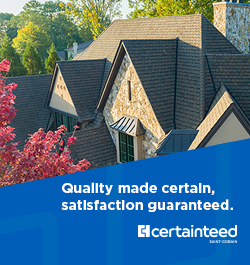
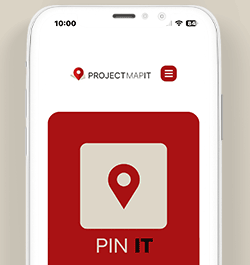





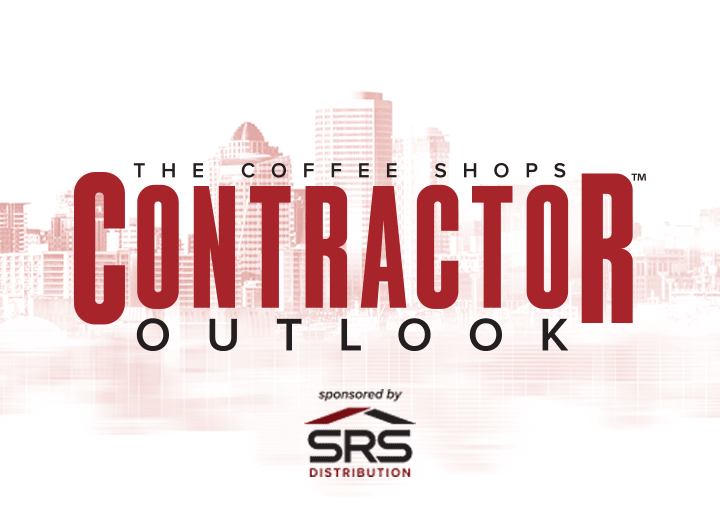

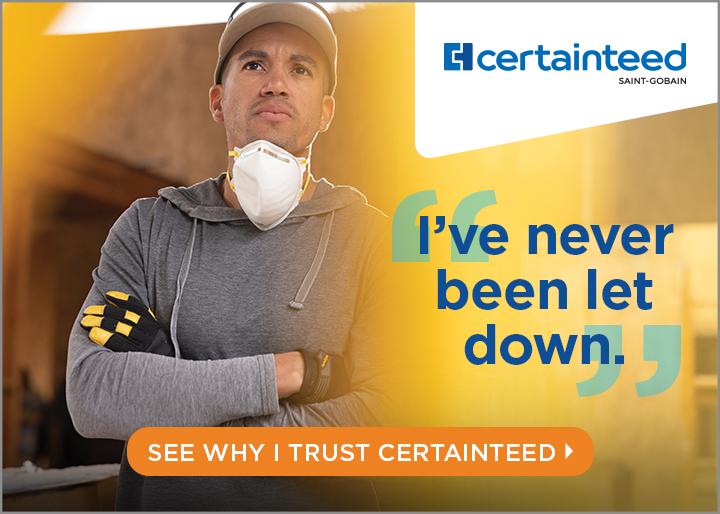
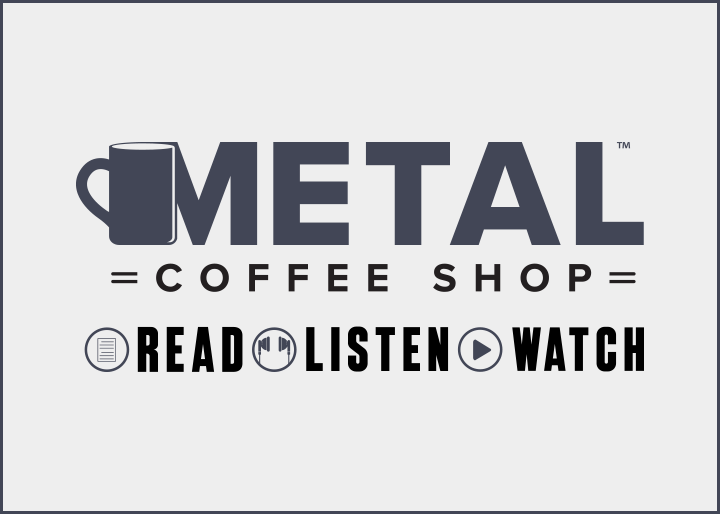

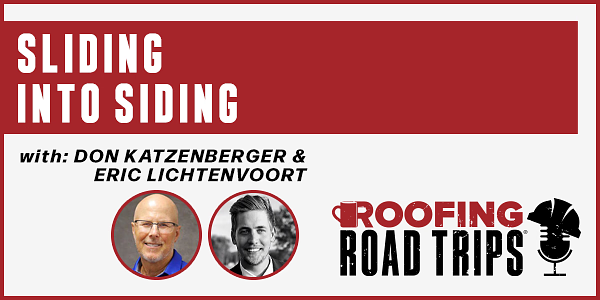
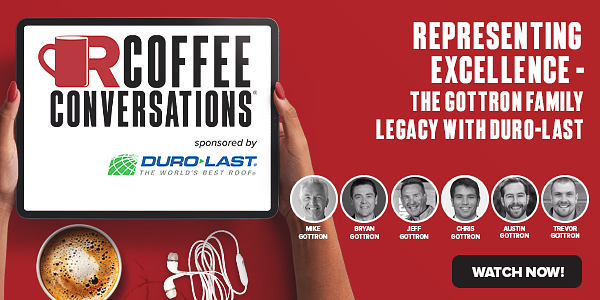
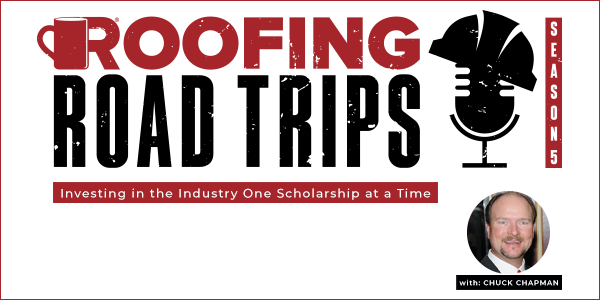






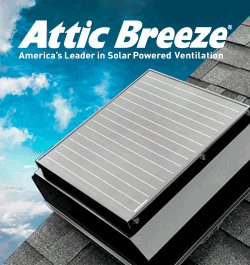
Comments
Leave a Reply
Have an account? Login to leave a comment!
Sign In